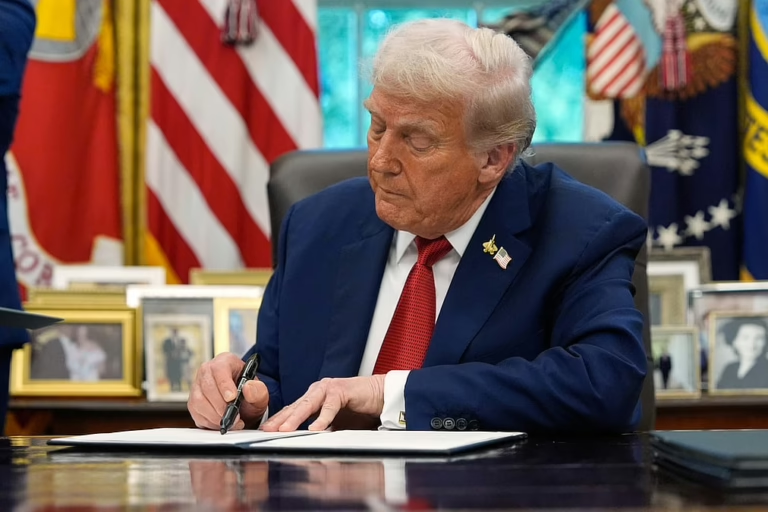On Thursday evening, US President Donald Trump escalated his trade conflict on a global scale by unveiling a series of extensive tariffs. These new duties target sectors including pharmaceuticals, heavy-duty trucks, and home improvement products such as furniture and fixtures, marking one of the most forceful protectionist initiatives of his tenure.
This announcement represents the most stringent trade action since April, when Trump surprised both domestic and international observers by imposing reciprocal tariffs on nearly all of America’s trading partners.
Through a post on his Truth Social account, the president declared that starting October 1, a 100% tariff will be levied on all branded or patented pharmaceutical products unless the company establishes manufacturing facilities within the United States.
This move immediately drew criticism from abroad, notably from Australia, a close US ally. According to the United Nations Comtrade Database, Australia exported pharmaceutical goods worth approximately $1.35 billion to the US in 2024.
Australian Health Minister Mark Butler expressed concerns on Friday, emphasizing that these tariffs “do not serve the interests of American consumers, especially considering how much their exporters benefit from free trade with Australia.”
In addition, Trump announced a 25% tariff on all heavy trucks imported from abroad, aiming to protect domestic manufacturers such as Peterbilt, Kenworth, Freightliner, and Mack Trucks.
This policy hit foreign competitors hard, including Sweden’s Volvo and Germany’s Daimler, which owns Freightliner and Western Star. Both companies saw their stock prices drop sharply in after-hours trading in Europe, reflecting investor apprehension.
Trump justified the truck tariffs primarily on grounds of national security, stating they were “necessary for many reasons, but above all, for protecting our country.”
This decision follows a Section 232 investigation launched earlier this year into truck imports. This seldom-used trade law grants the president broad authority to impose tariffs or restrictions if imports are deemed a threat to national security. Trump has frequently invoked Section 232 to support tariffs aimed at revitalizing American manufacturing and countering what he describes as unfair foreign trade practices.
Further expanding his tariff measures, Trump imposed a 50% duty on kitchen cabinets, bathroom vanities, and related products, alongside a 30% tariff on upholstered furniture, effective October 1.
Data from the United States International Trade Commission highlights the potential impact: imports, predominantly from Asian countries, made up 60% of all furniture sold in the US in 2022, including 86% of wooden furniture and 42% of upholstered items.
Following the announcement, shares of major home furniture retailers such as Wayfair and Williams Sonoma, which rely heavily on imported goods, declined significantly in after-hours trading.
Economists caution that this tariff escalation could intensify inflationary pressures within the US economy, which, despite being the world’s largest, remains vulnerable to rising import costs.
These comprehensive trade measures align with Trump’s broader agenda to shift the United States away from dependence on imports toward what he terms a “manufacturing revival.” His administration has already set a baseline 10% tariff on all trading partners, with higher rates imposed on countries with significant trade imbalances favoring exports to the US.
Additionally, Trump has utilized emergency powers to enforce extra tariffs on long-standing allies such as Canada and Mexico, as well as China, citing concerns ranging from fentanyl trafficking to illegal immigration.
While the integration of these new tariffs into the existing complex web of trade restrictions remains uncertain, it is evident that Trump is resolute in intensifying protectionist policies despite warnings from allies, businesses, and investors about the potential disruption to global supply chains and the impact on American consumers.




















0 Comments